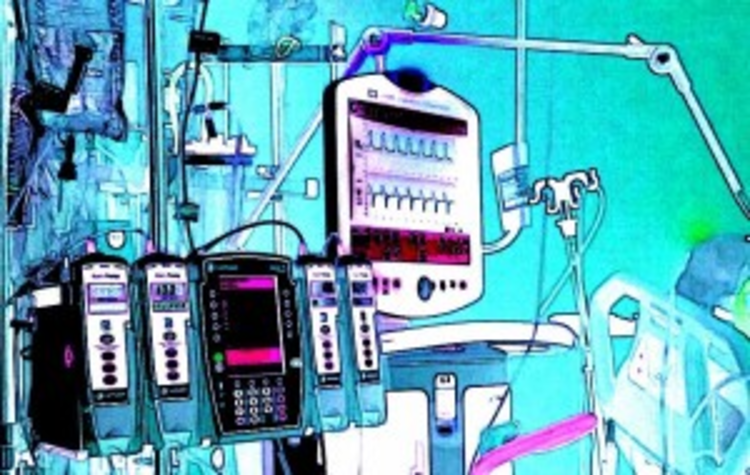
Leveraging the Cloud for Improved Patient Care
Percento Technologies - January 27, 2016
While mobility and cloud computing have dominated business technology discussions in the past few years, one place where it is making a significant impact is in healthcare, especially in hospitals and clinical settings.
Med Tech - photo credit Sharon E ReedIt is not uncommon to see doctors moving between patient rooms with their laptops, where they can access and update patient files without the need to access paper records. The real advantage of the cloud, however, is in coordination of care.
Response time is often a key factor in successful treatment, especially in critical care or emergency situations. Waiting on lab and radiology reports can lead to significant delays in treatment, however, with associated negative outcomes for patients.
Some hospital groups are overcoming this timing challenge by utilizing mobile and cloud computing. An example of this is at a large hospital group in Houston, where diagnostics are performed on-site at the hospital, but radiology reports are uploaded to the cloud to be interpreted by radiologists who may be operating at different locations.
This approach can streamline processing time at a location that may otherwise get backed up with requests, by utilizing remote radiology groups or hospital personnel at locations that are not as busy.
In many cases, nurses will have access to reports by the time they get patients back to their rooms. Likewise, both on-site doctors and those on-call in remote locations can access these electronic files in real-time. The result is faster decision making and more coordinated care and treatment of the patient.
In addition to providing more immediate access to radiology and lab reports, the integration of multiple reports in one central repository online enables caregivers to take a more holistic look at a patient by being able to view multiple data points at once.
Data from blood pressure and heart rate monitors, oxygen sensors and other medical equipment can be fed directly into one database, along with caregiver notes and pharmaceutical data, so that a patient’s wellbeing can be assessed quickly and easily. This system also reduces errors in patient data reporting so that consistent care can be given 24 hours a day, as personnel changes occur between shifts.
Medical technology will never replace the human touch needed in healthcare, but by reducing errors, speeding up diagnostic test reporting and enhancing team communication, mobile and cloud computing can have a significant impact on quality of care and patient outcomes.
Trendy Technology Article - Leveraging the Cloud for Improved Patient Care